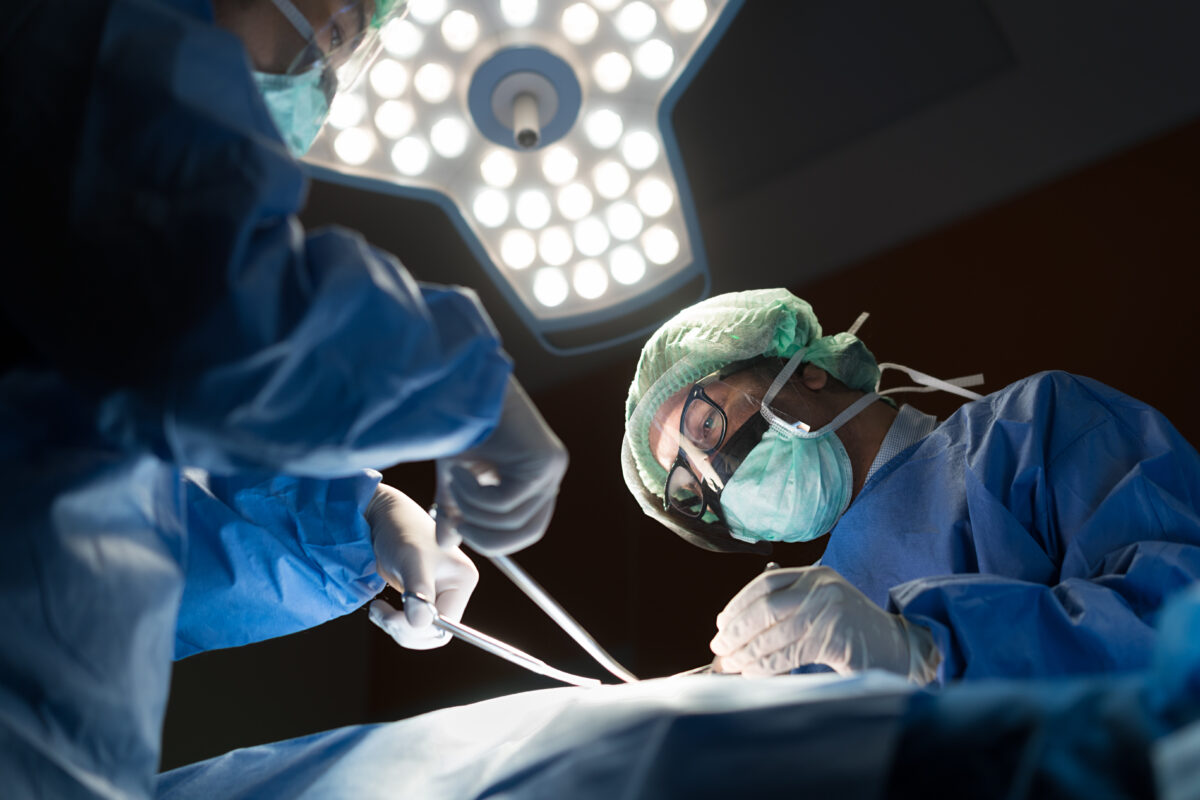Anesthetic Implications of Anorexia Nervosa

Anorexia nervosa, commonly known as anorexia, is an eating disorder characterized by abnormally low body weight, intense fear of gaining weight and distorted perception of weight.1 According to the National Comorbidity Survey Replication (NCS-R), 0.6 percent of adults in the United States have had anorexia in their lifetimes.2 Lifetime prevalence was found to be three times higher in self-identifying women (0.9 percent) than in men (0.3 percent).2 Anorexia has profound effects on the body’s cardiovascular, respiratory, renal, endocrine and immune systems,3 and can cause issues such as arrhythmia, low blood pressure, dehydration and even death.1 The health conditions associated with anorexia, as well as psychiatric drugs that may be used to treat the condition, make a patient highly susceptible to anesthesia-related complications.3 Thus, anesthesia providers are responsible for monitoring a patient with anorexia before, during and after a procedure to prevent perioperative morbidity or mortality.4
Preoperative preparation for a patient with anorexia is highly involved. Anorexia may cause problems in the organ systems.4 Anorexia is also associated with hypotension, bradycardia (i.e., slow heart rate), hypoventilation, slow metabolism, delayed gastric emptying, electrolyte imbalances, cortisol increases and anxiety, all of which may affect the induction of anesthesia.4 The anesthesia professional should perform an in-depth preoperative assessment to review the conditions of the patient’s organs and any pathologies that may interfere with anesthesia provision.4 This includes a nutritional evaluation with measures such as nutrient balance, body composition, inflammatory activity, muscular atrophy, cognitive function and immune response.3 The patient should have strict dietary support before the procedure to regain electrolyte homeostasis while avoiding refeeding syndrome,5 which is marked by increased cardiac output, plasma volume and basal metabolic rate and can lead to cardiac arrest.6 In addition to physical assessment and nutritional support, preoperative preparation for a patient with anorexia may include antibiotic prophylaxis to combat low immune function and increased risk of infection.3
During a procedure, a patient with anorexia is at elevated risk for a variety of anesthesia-related issues and may need special treatment. Patients with anorexia have low body weight, which may mean they need a lower dose of anesthetic drugs.3 Also, prolonged anorexia can cause loss of lung elasticity, reduction of pulmonary compliance and obstructive pulmonary disease.7 Because anesthesia has profound effects on respiration, anesthesia providers may need to be even more vigilant for patients with anorexia.7 Anesthesia and surgical stress may also contribute to intraoperative fatal arrhythmia in a patient with anorexia.5 Effects that are less severe but still harmful include intraoperative hypothermia, due to low body mass and slow metabolism, and intraoperative hypotension, which is exacerbated by anesthesia.3 Anesthesia providers who see patients with anorexia may need to alter anesthesia induction and monitor their patients closely for respiratory depression, hypotension and irregular heart rates.
The anesthesia provider’s job does not end after the procedure is done. For one, neuromuscular blockade should be allowed to wear off before tracheal extubation in order to reduce risk of arrhythmia associated with anorexia.4 Subsequent postoperative refeeding and adequate nutrition are vital to boosting the immune system and reducing risk of infection.5 Additionally, anorexia is associated with inability to cough and impaired ventilation after surgery.3 Thus, mechanical ventilation may be necessary throughout the postoperative period.3 Anesthesia providers must provide specialized care for patients with anorexia starting with anesthetic emergence and continuing through the postoperative period.
Anorexia nervosa is associated with a variety of organ system issues, many of which affect the provision of anesthesia. Before a procedure, the anesthesia provider should perform a thorough assessment of the patient’s organ systems, nutrition and vital signs and give prophylactic antibiotics. Intraoperative vital signs monitoring, adequate anesthetic dosing and treatment for hypothermia and hypotension are crucial to preventing complications. After a procedure, the patient should be woken cautiously and provided with mechanical ventilation while nutrition is reestablished. In the future, researchers should look for ways to achieve preoperative homeostasis in a patient with anorexia to avoid anesthesia-related complications.
1. Mayo Clinic. Anorexia nervosa. Diseases & Conditions February 20, 2018.
2. National Institute of Mental Health. Eating Disorders. Bethesda, MD: National Institutes of Health; November 2017.
3. Kulshrestha A, Bajwa S. Nutritional and eating disorders: Clinical impact and considerations during anesthesia procedures. Journal of Medical Nutrition and Nutraceuticals. 2012;1(2):77–82.
4. Seller CA, Ravalia A. Anaesthetic implications of anorexia nervosa. Anaesthesia. 2003;58(5):437–443.
5. Hirose K, Hirose M, Tanaka K, Kawahito S, Tamaki T, Oshita S. Perioperative management of severe anorexia nervosa. British Journal of Anaesthesia. 2014;112(2):246–254.
6. Mehanna HM, Moledina J, Travis J. Refeeding syndrome: What it is, and how to prevent and treat it. British Medical Journal. 2008;336(7659):1495–1498.
7. Poulida S, Hadzilia S, Stamatakis E, Valsamidis D. Ambulatory anesthesia in a patient with anorexia nervosa: 2AP1–11. European Journal of Anaesthesiology. 2012;29:33.
